I remember just a few km’s into an event a rider I was descending with had a massive blowout. The explosion was so catastrophic as it ripped through his tyre and shredded its sidewall. There was nothing he or I could do about it. His ride was over only moments into it. I found out later on that the morning of the event he decided to pump his tyres up to over 130 psi, thinking that this was going to make a difference. Unfortunately, this “spur of the moment” decision was the one thing that ended his ride just minutes into it. All the time he had invested in his training and the money he spent getting to the event was wasted.
Over the years I’ve attended many events, both races, and recreational rides as a competitor and as a coach supporting my riders. I’ve seen what can go wrong. In this article, I’ll be discussing some of the critical things to address to ensure that when you get to the start line of your next event, you are set up to have the best success you can. Preparing for recreational events and races are very similar, so many of the things I’ll be discussing will apply to both.
(1) Traveling logistics and accommodation
I remember that I left the booking on my accommodation till quite late for one race and ended up having to stay several hours travel from the event as all the local accommodation had been booked up. It also meant that our drive to the accommodation the Friday night ended up several hours longer than it was needed to be.
Once you commit to attending an event, it’s important to ensure that you sort out how you plan to get there and where you’ll be staying if you plan to stay overnight before or after the event. Logistically it may be better for you to travel to the location of the start of the event a day prior and stay overnight.
While you are planning your accommodation and travel arrangements, make sure that you take into consideration the logistics of getting to the event start area and parking. Obviously, the earlier you arrive, the more parking options available to you.
(2) Get to the event in plenty of time
I like to make sure that I arrive an hour before the event start. This was especially important for me when I was racing as I needed to sign in, get my race number, get changed into my cycle clothing, pump up my tyres and warmed up, all before the start of the race. I like to warm up on a home trainer close to the start of the event so that I can keep an eye on the start time. I mainly do this to help relieve the anxiety of missing my start time. I advise my clients to do the same. I found that the home trainer also allowed me to have a much higher quality warm up than rolling around the local roads close to the event. Also, on colder days it was much better to warm up on a home trainer, and I got to the start line much warmer that if I tried to roll around on the open road in almost freezing conditions.
(3) Traveling with bikes on planes
Airlines will not accept a bike unless it’s packed in a bag or box. There are plenty of options available for packing your bike and some airlines even provide cardboard boxes. As many airlines have a one bag restriction, all your luggage that is not carry-on needs to be packed in your bike bag/box. Pay particular attention to the baggage allowances and weight limits. Weigh all your bags before you leave for the airport to reduce the chance of getting hit with overweight charges. I like to arrive early to the airport so that there is a higher chance of getting my bike on the plane. Traveling to locations using smaller planes may mean that your bike may not travel with you but arrive several days later. When we flew to Italy one year, our bikes didn’t arrive for three days. Fortunately, we had a few days of local sightseeing activates before we started our cycling tour, so it wasn’t too much of an issue.
(4) Nutritional planning
One of the clients I was coaching ate a muesli bar that she was given while traveling to a State level competition. She then spent several hours having severe gastric distress and finally got to the start line dehydrated and feeling rather ill. While she still medalled in the race, she had a shocker of a ride. It was later found that muesli bar had nuts in it which she has an intolerance too. Nutrition is very personal, so there is no “one size fits all” nutritional plan that suits everyone. If the event you are riding provides hydration and sports bars, then I recommend that you experiment with them on your training rides first to find out if you are compatible with them. Use your training rides to experiment and lock in your nutritional plan so that when you arrive at the event, you have a clear understanding of what you’ll be eating and when.
(5) Packing
I’ve arrived at National races where I’ve had people approach me asking if I had any spare cycling shoes?! Make sure that you have everything before you leave. A tip from my wife is to do a mental check as if you were dressing when laying out all your cycling kit before packing your bag. Make sure that you don’t forget critical things like helmet, shoes, and glasses. I usually have these in my carry-on luggage if I’m flying so that they don’t go missing in transit. I also like to take a variety of clothing to accommodate different weather conditions. Better to take clothing and not use it, than not to take it and need it. I have a checklist that I give to my clients and recommend that they pack the night before they leave so that they are not rushing in the morning and miss something. If you are staying overnight make sure that you pack things like ear plugs, medication and spare contact lenses in your toilet bag. Also, don’t forget things like cables, chargers for your phone, bike computer, lights, and bike. Place your phone, lights and bike computer on charge overnight, so they are fully charged for the event. I’ve lost count of the people who have attended our training camps with flat Di2 batteries. Either they forgot to charge them before they left or they did change them only to have the battery go flat because their gear lever was engaged somehow by their bike bag while they were traveling.
(6) Get your bike serviced
Pay attention to gear and brake cables, new tyres, chain and cassette, brake blocks and bearings. Also, make sure your lights are firmly attached to the bike along with your drink bottle cages. I know of a cyclist that had their bike built a few days before an important event only to have their front brake came loose during the ride causing them to abandon. At the same event, another had recently adjusted their rear derailleur and had it go into their spokes causing them to abandon too. Another pulled their foot from their pedal due to worn cleats which caused them to crash, bringing down several other riders and end up in the hospital with a concussion. On another event, I had a rider in front of me almost take me and several riders out when their saddle bag got caught in their rear wheel causing them to crash and abandon. If you get any work done on your bike always take it for several long rides to make sure that you identify any issue before your event. When I was setting up my wife’s bike for races, I’d always check the gears were trimmed, her wheels were set straight in the frame, her quick releases were firmly in the closed position, and her brake pads weren’t rubbing against the rims. Then I’d go for a quick test ride and I’d get her to check it too just before the start of the race.
(7) Know the event you are riding
For races do a course recon and know where the KOM and Sprint points are on the course and scope out the finish. Learn about the rules that you’ll be riding too. This especially relates to bike set up for time trials and roll out gears for juniors. With recreational events, find out where the drink and feed zones will be, whether you’ll need lights or other specific equipment to ride the event, any course hazards and if there are any time cuts. Also, read the information that the event provides.
(8) Don’t change anything
The event is not the place for experimentation. I’ve heard of people arriving at events with an almost brand-new bike that either they haven’t been set up on or have a different set up to the bike that they have been training on. In many cases, they end up suffering from either strains and cramps during the event, or they sustain an injury that takes months to get over. Another thing to avoid is using a new set of wheels or kit that they haven’t used before. I get my bike set up done at the beginning of my training block, and once I’m happy with it, I don’t change it or my shoes. I also don’t change any of the equipment I’ll be using unless I am 100% confident with it after testing it in several training rides.
I hope that this helps cover off some of the things to help you be more prepared for you future cycling events.
Ready to elevate your cycling performance? Book a free call with me to discuss whether you are a good fit for my coaching program and how I can create a personalised coaching plan to help you achieve your goals.

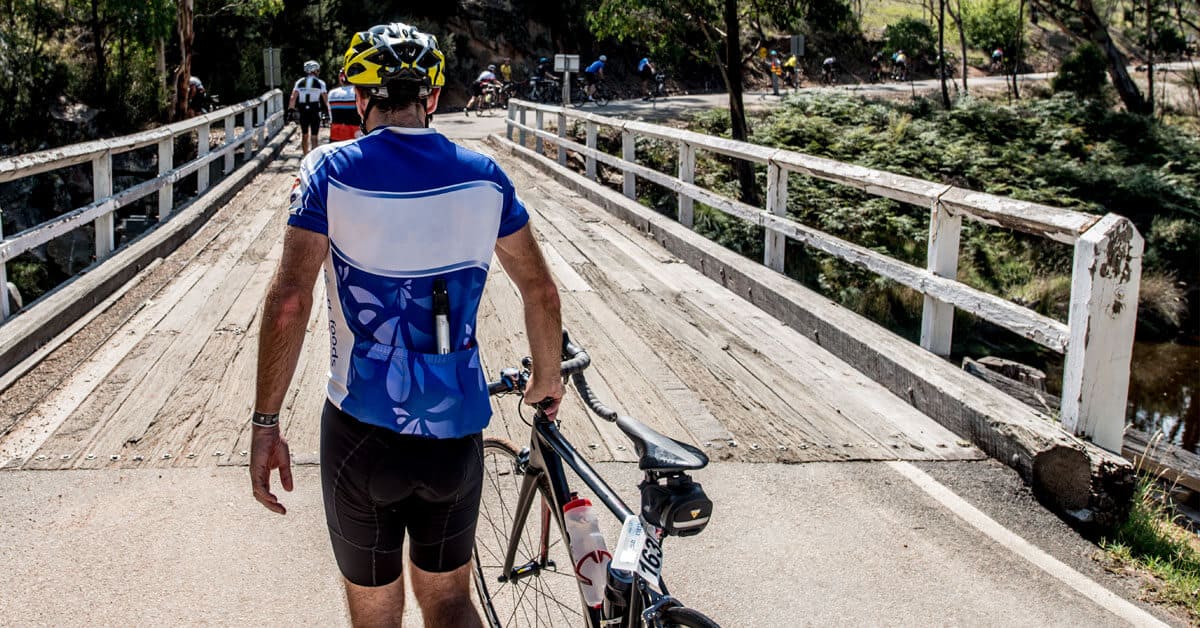
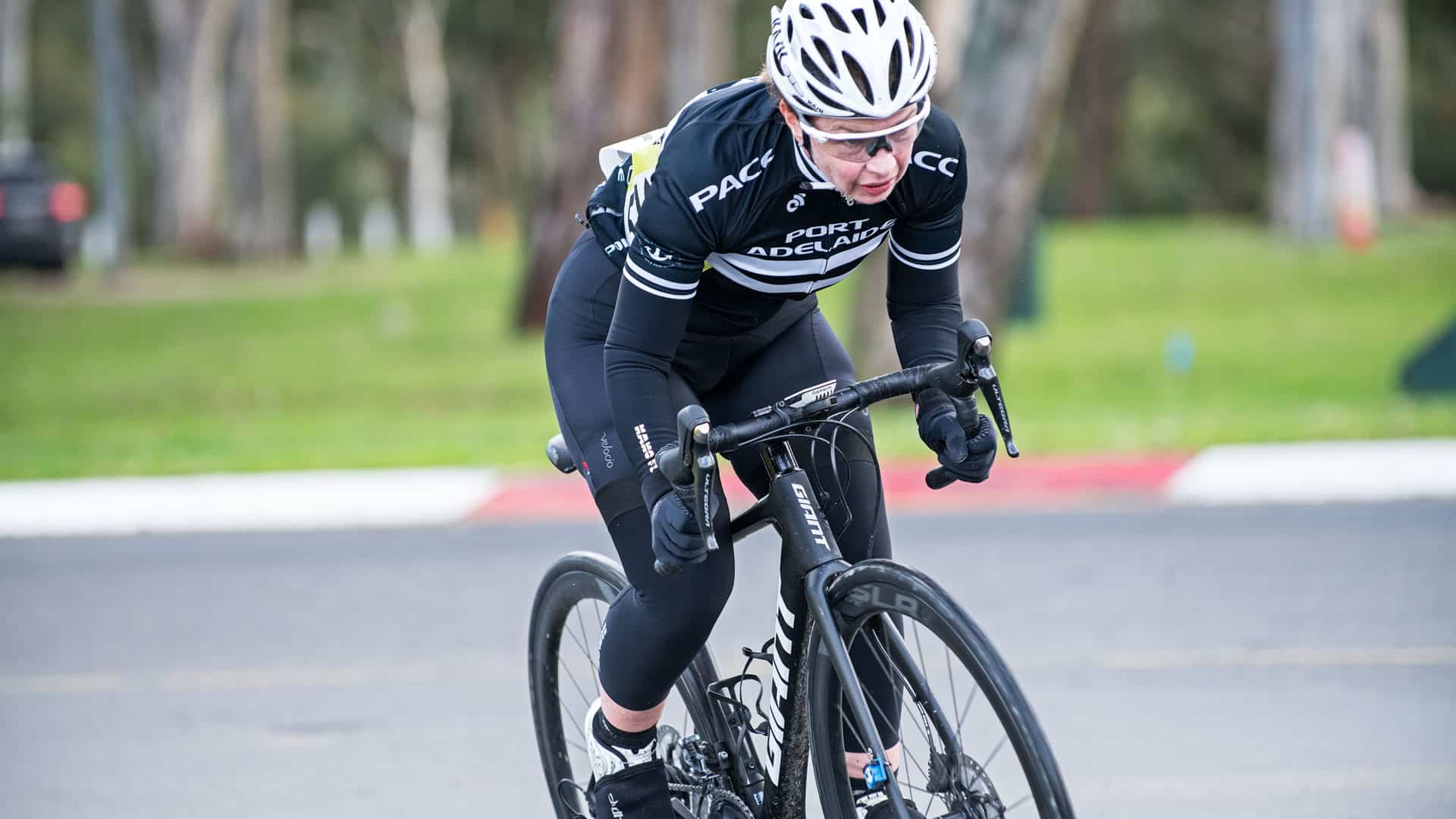
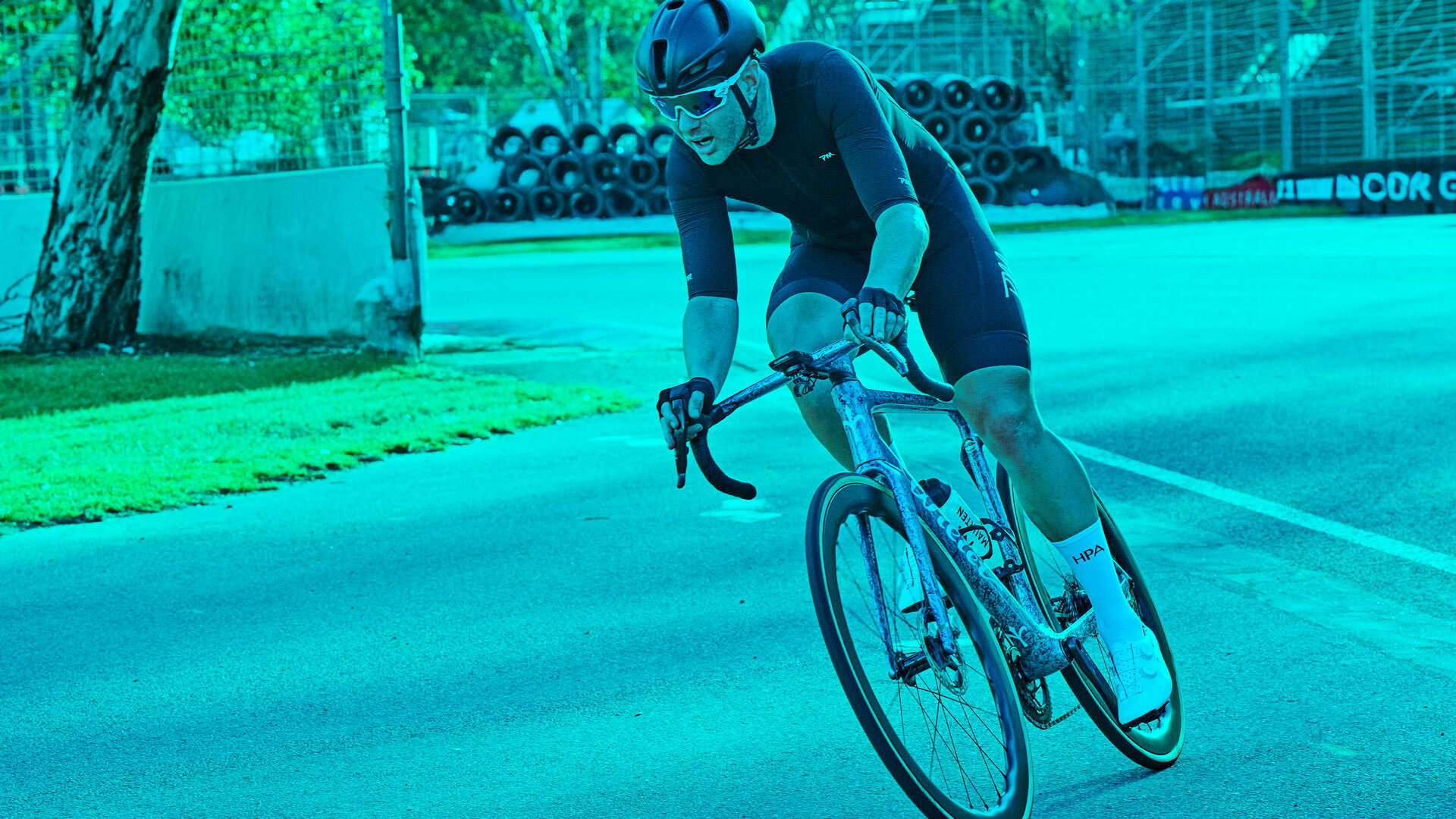
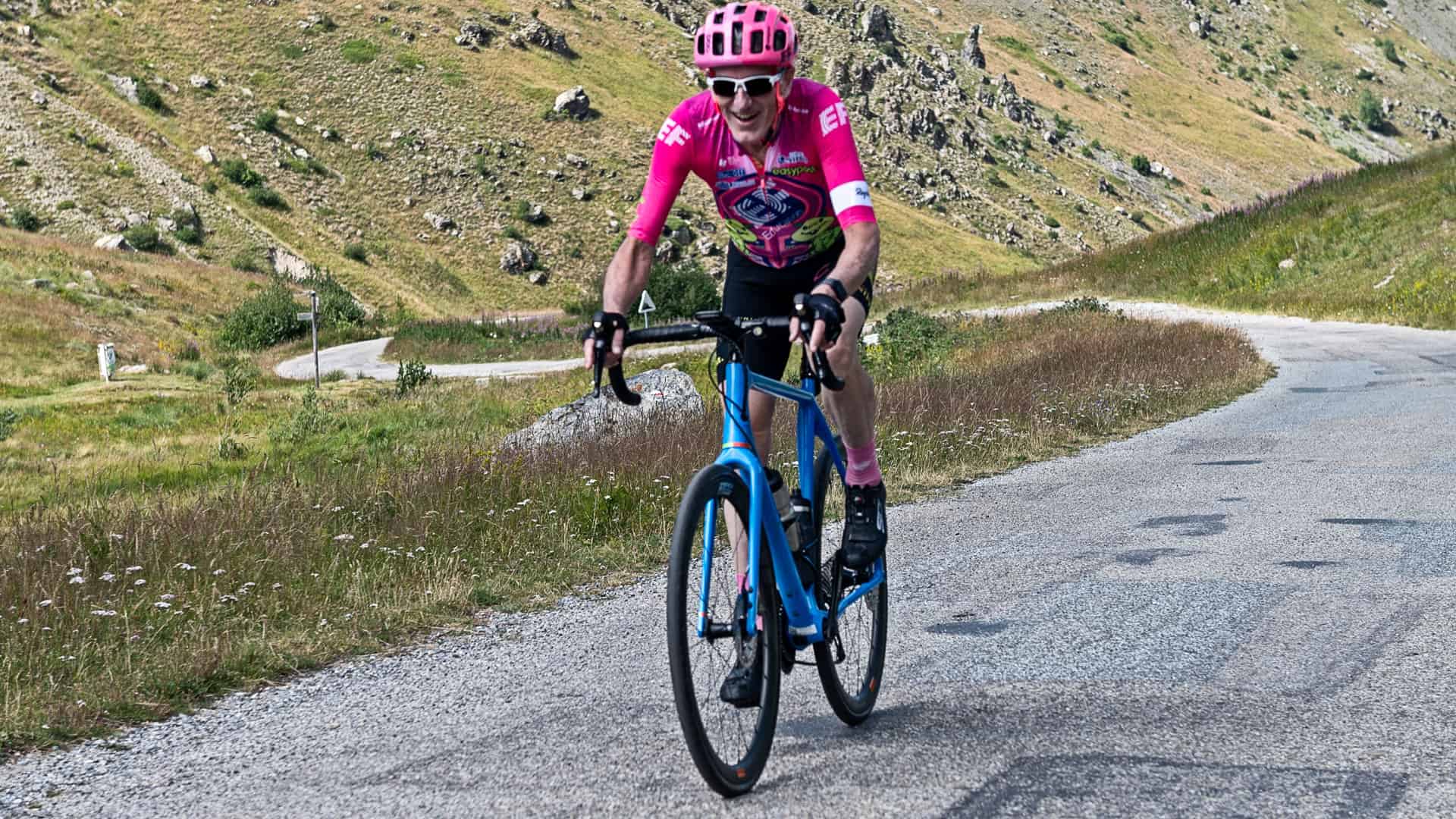
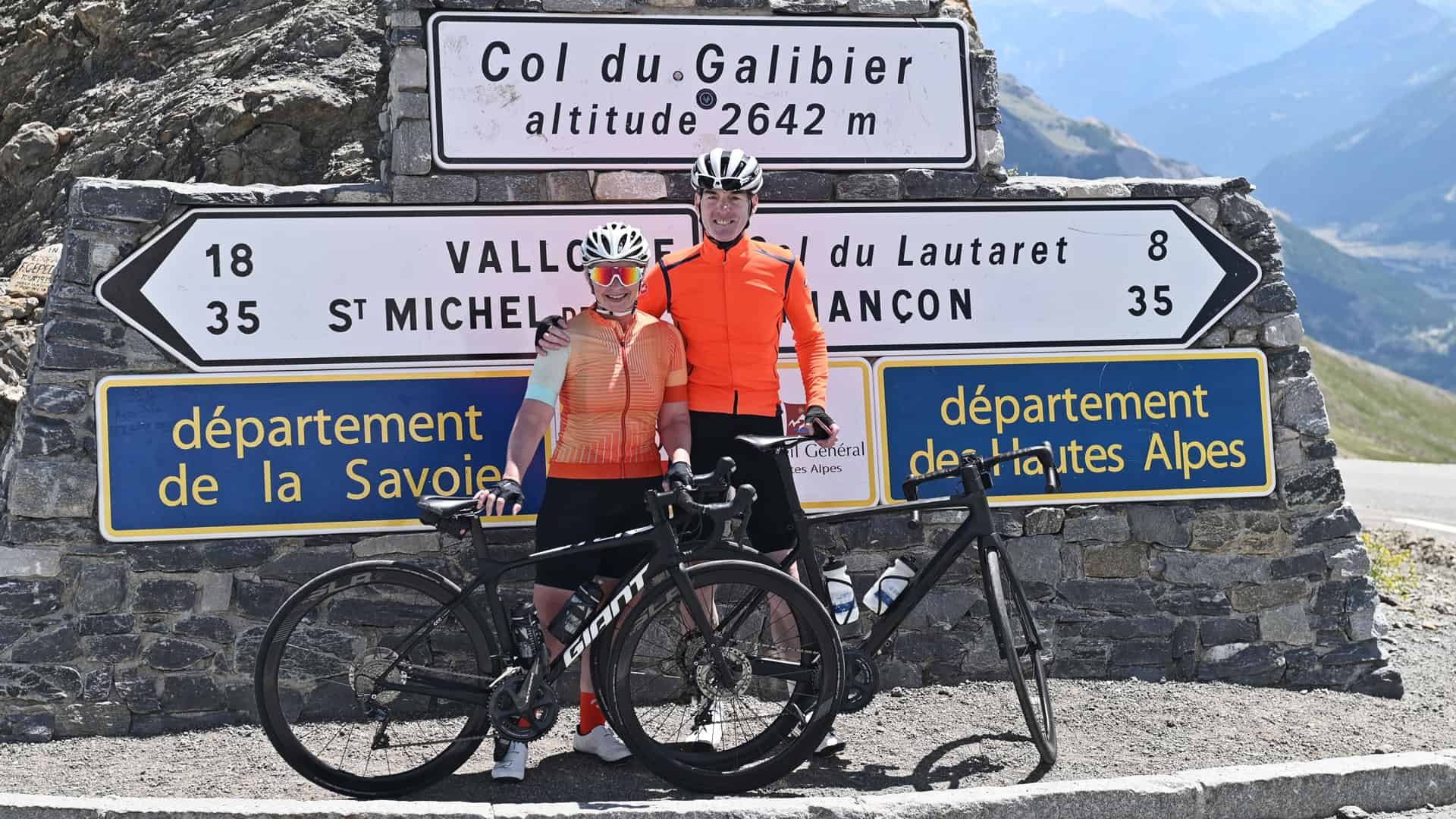
Leave A Comment